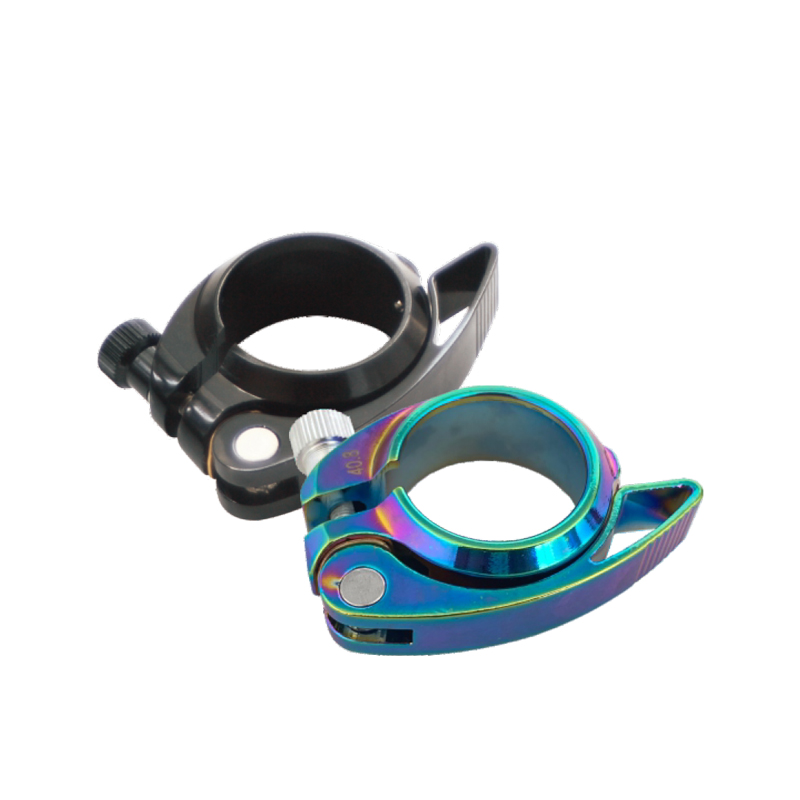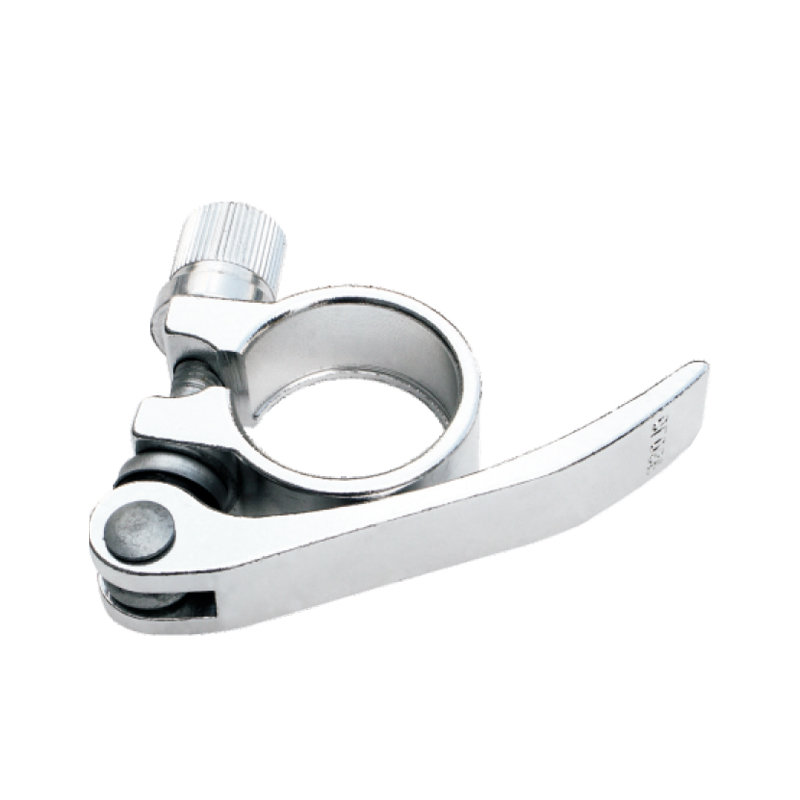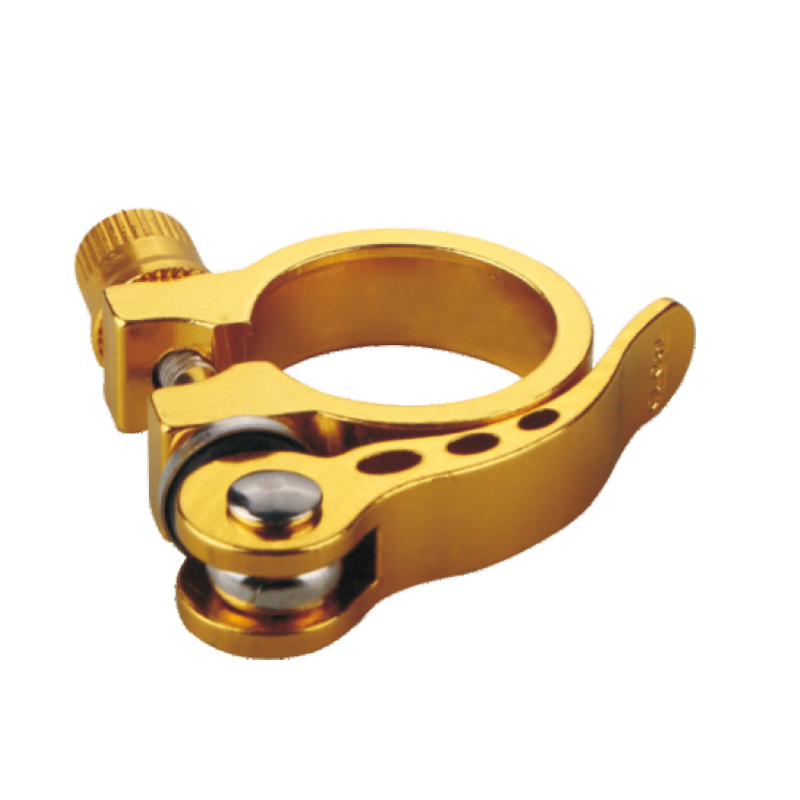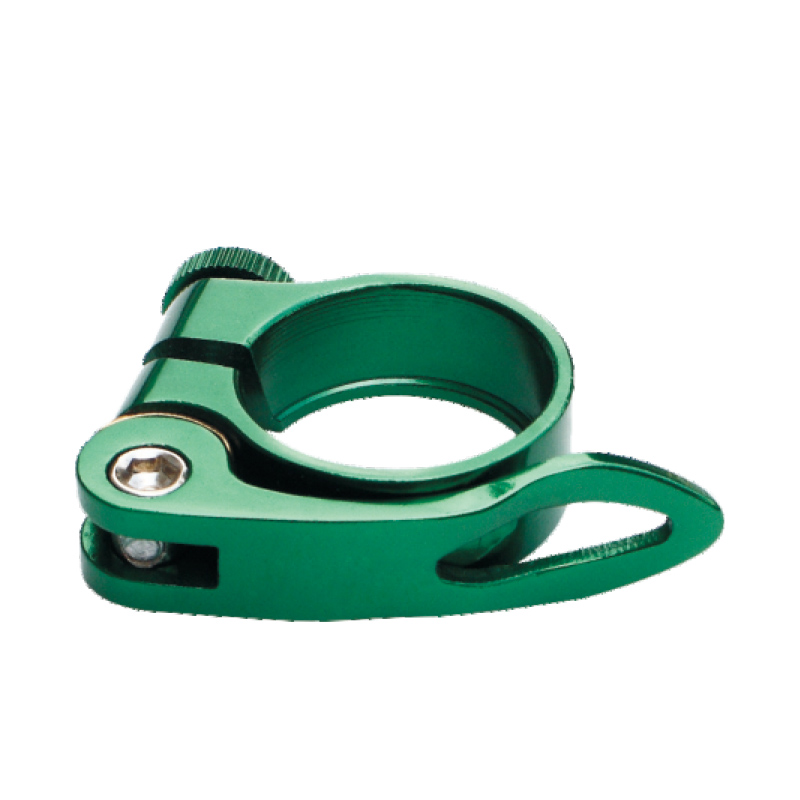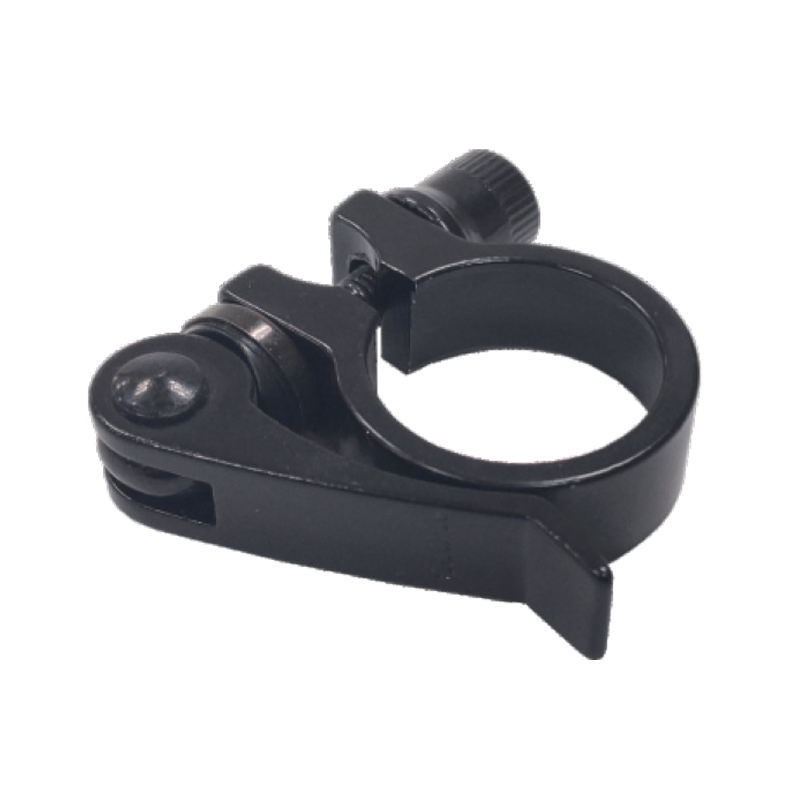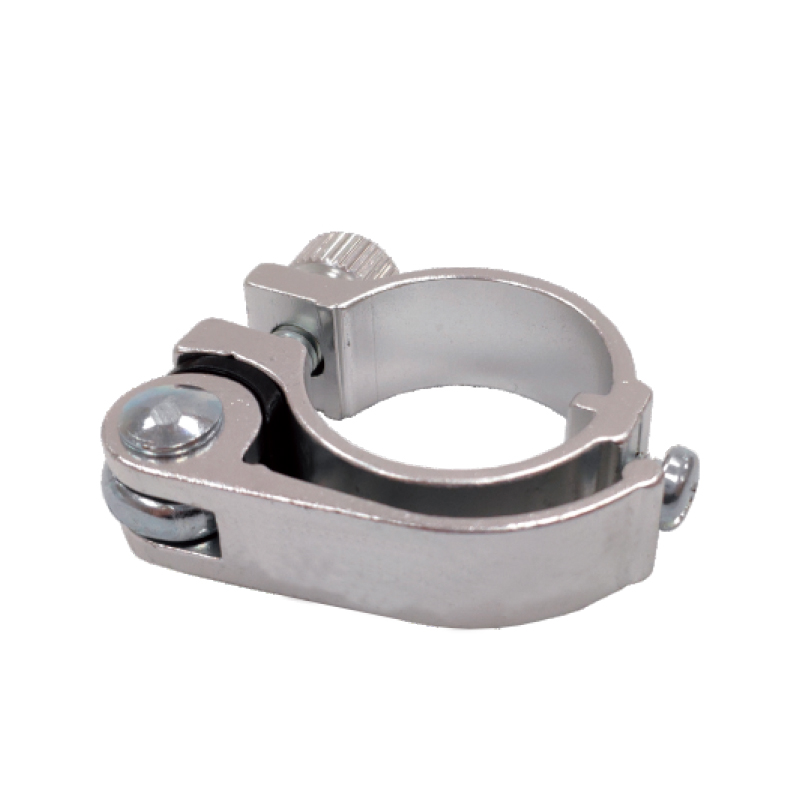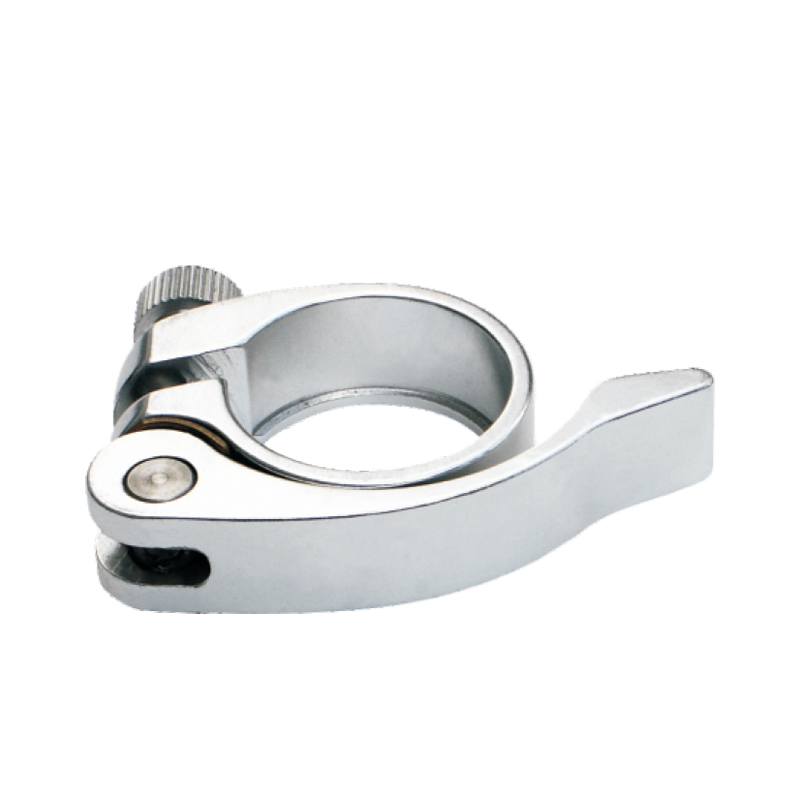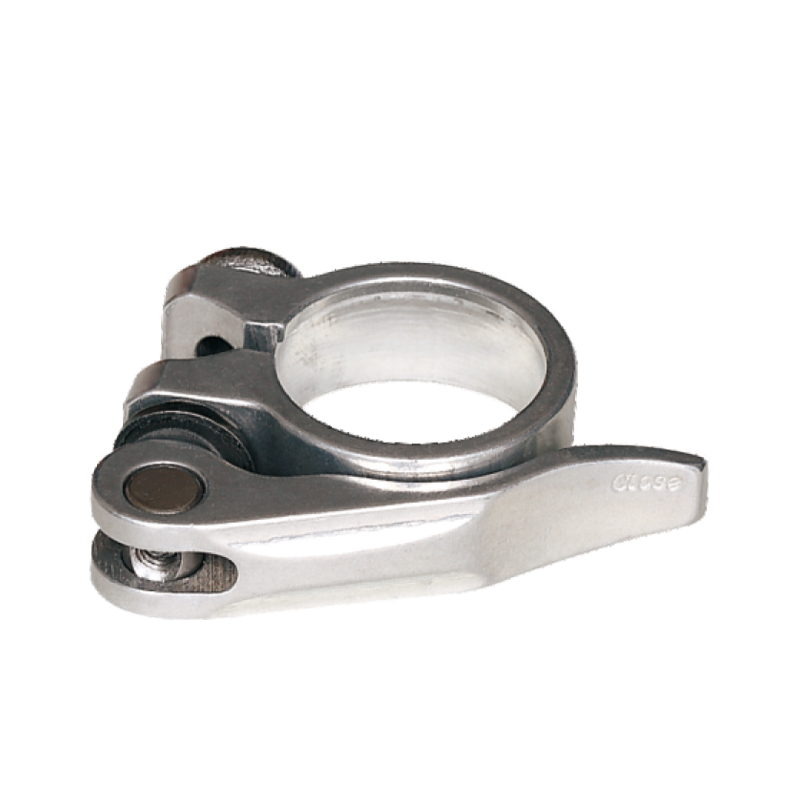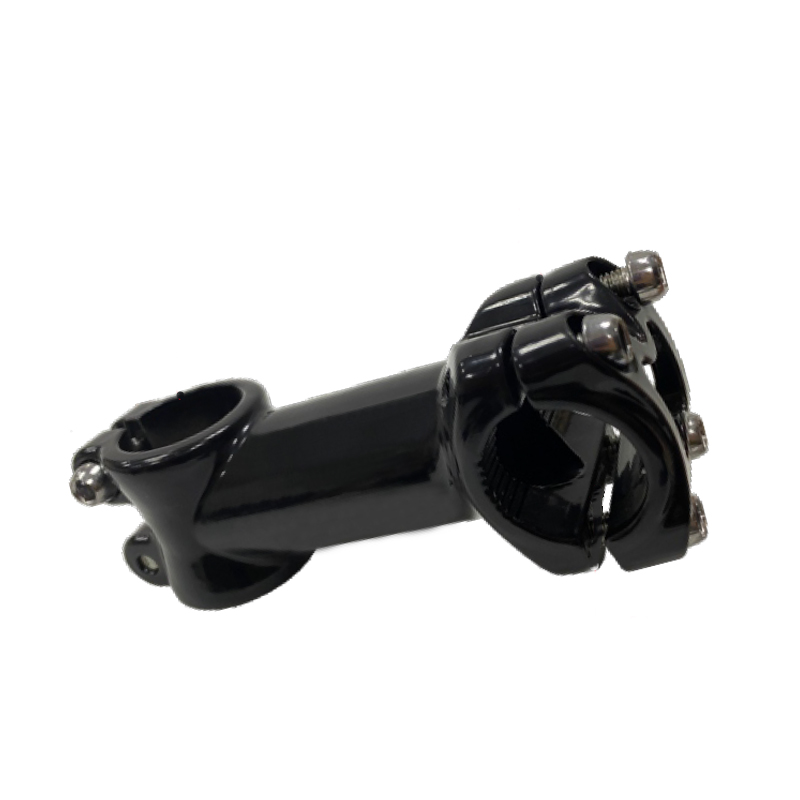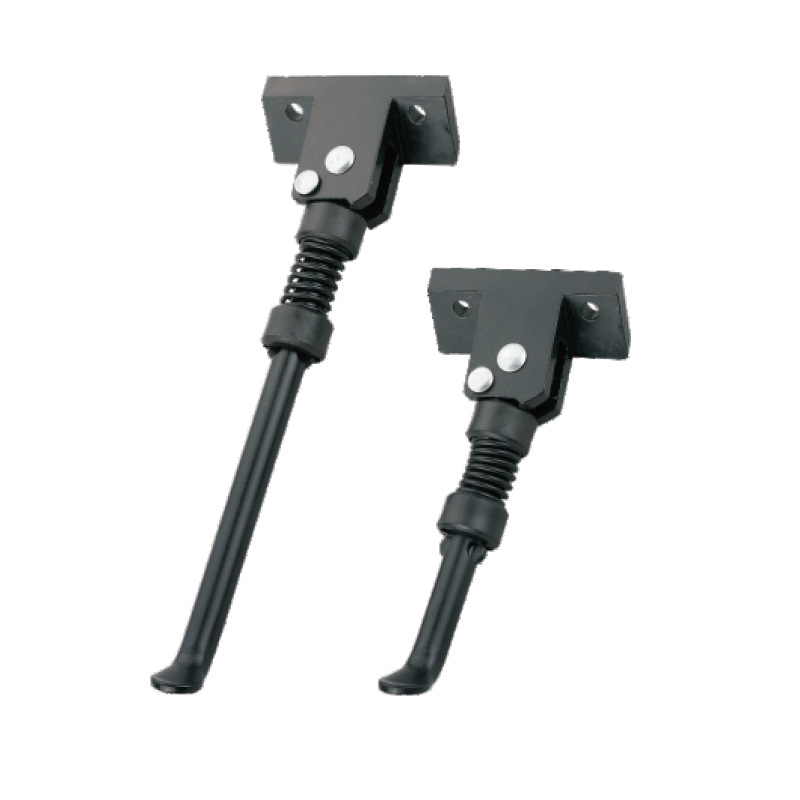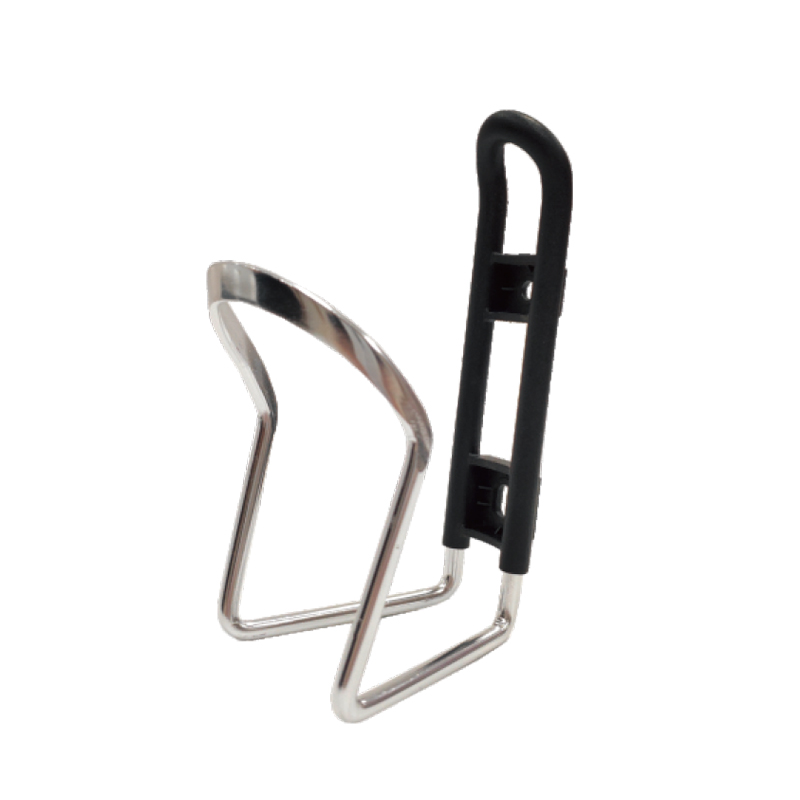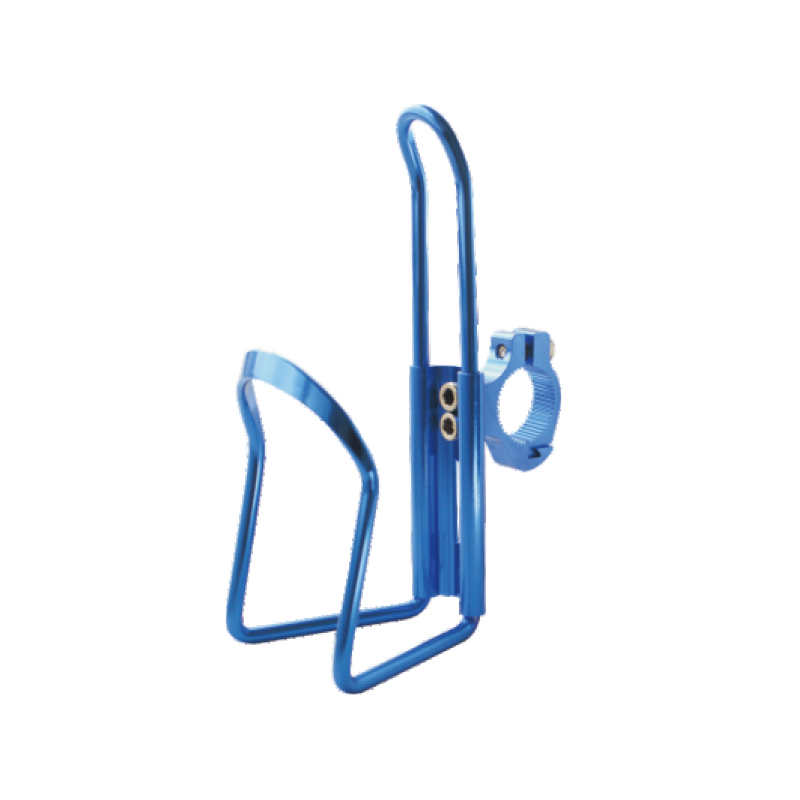When choosing a folding handlebar for a bicycle, users should consider several key features to ensure that the handlebars meet their specific needs and preferences. Here are some important features to consider:
Folding Mechanism: Vertical folding, where the handlebars fold down alongside the bike frame, is space-efficient for tight storage spaces, like apartments or offices. Horizontal folding, which involves the handlebars folding flat, is advantageous for easy transportation, especially when the bike needs to fit into confined spaces like car trunks. Telescopic folding mechanisms allow for variable adjustment, catering to diverse rider preferences.
Material: Aluminum, known for its lightness and resistance to corrosion, is a popular choice for folding handlebars. It strikes a balance between weight and durability. On the other hand, carbon fiber offers the advantage of being exceptionally lightweight, making it ideal for riders who prioritize minimizing the overall weight of their bicycle. However, it tends to be more expensive than aluminum.
Adjustability: The ability to adjust both the height and width of folding handlebars is a crucial factor for riders seeking a personalized and ergonomic fit. Adjustable handlebars accommodate riders of varying sizes and preferences, allowing them to fine-tune their riding position for optimal comfort.
Ease of Folding/Unfolding: A user-friendly folding process is paramount for commuters or riders frequently transitioning between riding and storage. The absence of tools and a smooth, quick folding/unfolding mechanism enhances convenience, making it hassle-free for users on the go.
Weight: Striking the right balance between lightweight construction and structural integrity is essential. While lighter handlebars contribute to an overall reduction in bike weight, it's crucial to ensure that the materials used maintain durability and stability, especially under the stresses of varied riding conditions.
Compatibility: Compatibility with existing components such as the frame, brakes, and shifters is crucial for a seamless integration process. Ensuring that the folding handlebars work harmoniously with the bike's existing setup prevents potential issues during installation and enhances overall functionality.
Riding Style: Different riding styles demand specific handlebar designs. Flat bars are well-suited for urban commuting, providing an upright riding position. Drop bars are preferred by road cyclists for aerodynamics and multiple hand positions, while butterfly bars offer versatility for touring, accommodating different riding postures and terrain.
Stability and Control: The design of folding handlebars plays a pivotal role in the stability and control of the bike. A secure grip and robust construction minimize vibrations, ensuring riders have confidence-inspiring control, particularly when navigating turns, descents, or uneven surfaces.
Aesthetics: Beyond functionality, the aesthetics of folding handlebars contribute to the overall visual appeal of the bicycle. Well-designed handlebars not only enhance the bike's performance but also add a touch of style, appealing to riders with a taste for both form and function.

